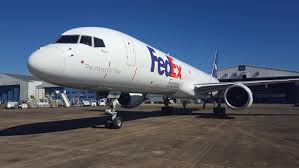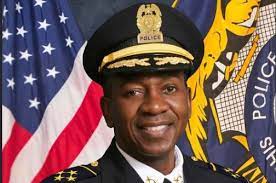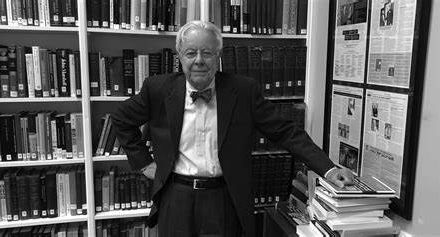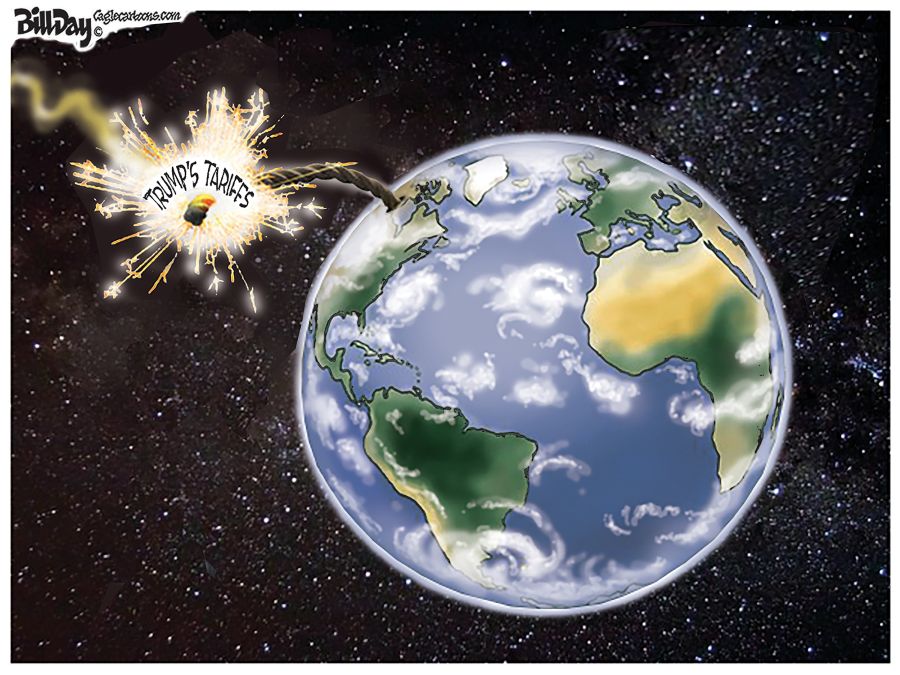By John Branston
Imagine if there were a Trump tariff on goods that – although not made in Memphis – pass through Memphis on Interstate 40, Interstate 55 or Interstate 69, the Mississippi River, railroads or the FedEx World Hub.
If Memphis was a stock trading as symbol MEM, it would be down 25-35 percent like the Dow, S&P and Nasdaq market averages since last week. FDX was down from $250 to $196 in three trading days. It was trading at over $310 last year.
(Technically this is called a “haircut,” or “falling knife” or “volatility” when the stock market goes back up like it did Wednesday.) 
Thirty years ago Memphis was dubbed America’s Distribution Center by the Memphis Chamber of Commerce, later tweaked to North America’s Distribution Center to include Mexico and Canada. These were the innocent days of 50-cent avocados, Bill Clinton, and NAFTA (North American Free Trade Alliance); Dow 6500 was “irrational exuberance,” Xi was a Greek letter, Smoot Hawley was a good name for a rapper, and 500,000 square-foot warehouses were a big deal.
In 1999 a futurist came out with a book titled Dow 36,000 that was considered so fanciful it made people laugh. In 2003 another book by another futurist, modestly titled Dow 20,000, got more laughs. (The Dow was still around 10,000.) After last week’s haircut, the Dow was at 38,000 and is back over 40,000 today. Futurists, like blind hogs and columnists, are sometimes right.
America’s Distribution Center still has FedEx joined by Amazon’s giant operation in North Memphis, MPW (Musk Power & Water, of which MLGW is a subsidiary) in Boxtown, and Ford’s EV and battery factory in Stanton, 20 miles east of Memphis.
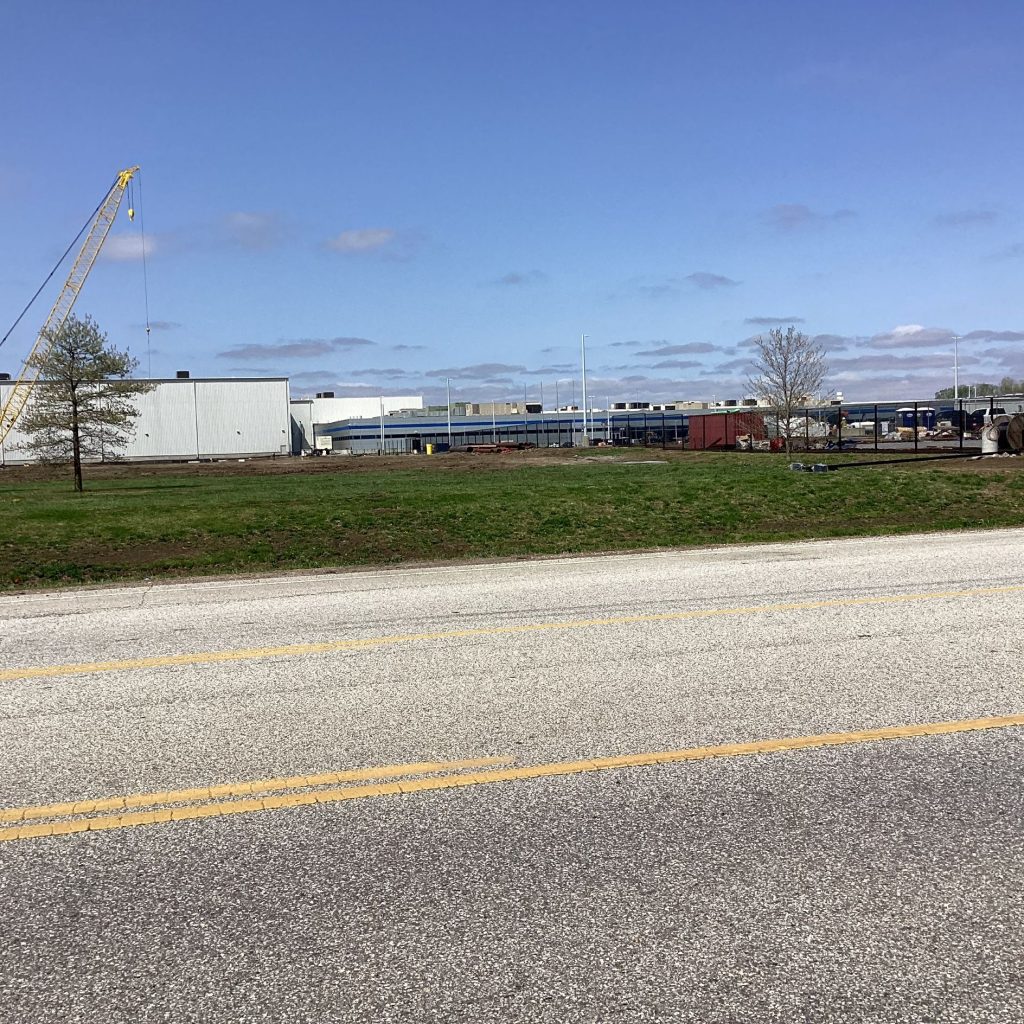 I like to drive around to look at these wonders to kill time before time kills me. By clicking a button, Amazon’s “fulfillment center” can get me a box of coffee or new sneakers the next day at a better price than the mall, if there are any of those left. Ford’s operation recalls the mighty Rouge plant in the Detroit of my youth.
I like to drive around to look at these wonders to kill time before time kills me. By clicking a button, Amazon’s “fulfillment center” can get me a box of coffee or new sneakers the next day at a better price than the mall, if there are any of those left. Ford’s operation recalls the mighty Rouge plant in the Detroit of my youth.
 MPW in the Pidgeon Industrial Park near the river levee and closed TVA plant is a tough nut, requiring a city map to get there and an ID and body scan to get in. No way. So I parked across the street and wondered how long it would take 100 trucks to pass by or turn in. Channeling Tunica, I set the over-and-under at thirty minutes, took the under, and won in twenty. Whatever the cargo, that’s a lot of trucks, diesel fuel, tires, rubber, oil, drivers, power, water, and – presumably – AI.
MPW in the Pidgeon Industrial Park near the river levee and closed TVA plant is a tough nut, requiring a city map to get there and an ID and body scan to get in. No way. So I parked across the street and wondered how long it would take 100 trucks to pass by or turn in. Channeling Tunica, I set the over-and-under at thirty minutes, took the under, and won in twenty. Whatever the cargo, that’s a lot of trucks, diesel fuel, tires, rubber, oil, drivers, power, water, and – presumably – AI.
As for FedEx, the world’s top free trader is probably Fred Smith, founder of the overnight-delivery company. In a speech to the Wings Club in 2012, he talked about China’s “astounding” rise to economic superpower. At that time, the cloud on the horizon was the price of oil and the shift from air cargo to sea cargo on container ships. He did not say anything about tariffs, which were not yet in the news.
Nor was he asked about tariffs in a 2022 interview with The Wall Street Journal on the occasion of his retirement as CEO (he is still chairman). He praised the company’s 560,000 employees in 220 countries for their response to Covid. And he talked about free trade and China and world peace through Pax Americana.
“I know President Xi. I met him when he was the party head down in the eastern part of China. If I had a conversation here today, I’d say ‘Mr. President’ – just I did with Trump – “I strongly advise you to re-embrace open markets, which made you rich.
“It means trade as much as you can and make the world open for commerce. Trade helped to lift 600 million Chinese out of abject poverty. Somebody’s got to defend it.”
Three years later, Trump is president again, the Trump tariff on China is 125 percent and the ascendant Peoples Republic of China, led by Xi Jinping, vows to “fight to the end.”
As global trade goes, so goes FedEx. And as FedEx goes, so goes Memphis.
**
To read more of John Branston’s posts, go to categories on the right side of this blog’s home page and select his name.
John Branston has been contributing to Smart City Memphis for four years. Before that he wrote columns, breaking news, and long-form stories for The Commercial Appeal, Memphis Flyer, Memphis magazine, and other print and online publications. He is author of the books Rowdy Memphis (2004) and What Katy Did (2017). He is a journalist and opinion writer. His stories are based on reporting, interviews and quotes supported by notes or a tape recorder. He has written about people who made Memphis what it is, for better and worse; about sleep issues and depression; about racquet sports; and about travel in the South and West. Tom Jones, creator of the Smart City Memphis blog, is his invaluable publisher, copy editor, tech support, and rewrite man.

